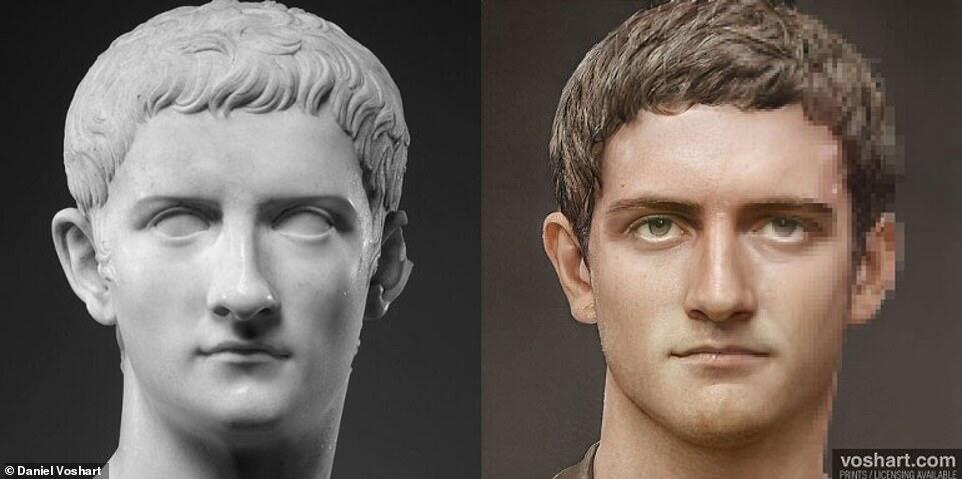Getting your Trinity Audio player ready...
A 5-inch-tall bronze bust believed to depict the Roman Emperor Caligula, has been rediscovered after being missing for around 200 years.
The bust was originally unearthed in the mid-18th century at Herculaneum and gifted to the British writer and politician Horace Walpole by the British ambassador to Italy.
It shows Caligula's distinctive features, including a high forehead and silver eyes, which were believed to indicate his 'madness'. Walpole described the bronze as a portrait with divine eyes and wild melancholy, showing neglect in the hair and ears to enhance the eye expression.
Caligula, the third Roman emperor, was known for his controversial reign, eccentric behavior, and cruelty. He reigned from 37 C.E. for only four years before being assassinated.
Only a few small-scale bronze busts of Caligula are known to exist today, with the rediscovered one being one of the seven or so surviving examples.
Dr. Silvia Davoli, a curator at Strawberry Hill, rediscovered the bust after matching it with a drawing commissioned by Walpole. She was able to confirm its identity as the lost bust of Caligula with the help of John Carter's drawing and expert analysis.
A recent metal analysis by a London conservator specialist confirmed its ancient Roman origin, dating back around 2,000 years.
Dr. Dietrich Boschung, an expert on imperial Roman iconography, confirmed the bust to be of Caligula based on its features, composition, and historical context, particularly the silver eyes common in Roman-era bronzes of emperors.
In the 19th century, the bust was thought to be of Alexander the Great. It was found in the family collection of Sir John Henry Schroder, who acquired it in the 1890s, and eventually ended up in the Schroder Collection.
Caligula has been a source of intrigue for artists, and the rediscovered bust will be showcased in an exhibition titled "The Art of Treasure Hunting" at Strawberry Hill House, starting on June 28.
This article was written in collaboration with Generative AI news company Alchemiq
Sources: Smithsonian Magazine, The Guardian, La Vanguardia, Daily Mail


